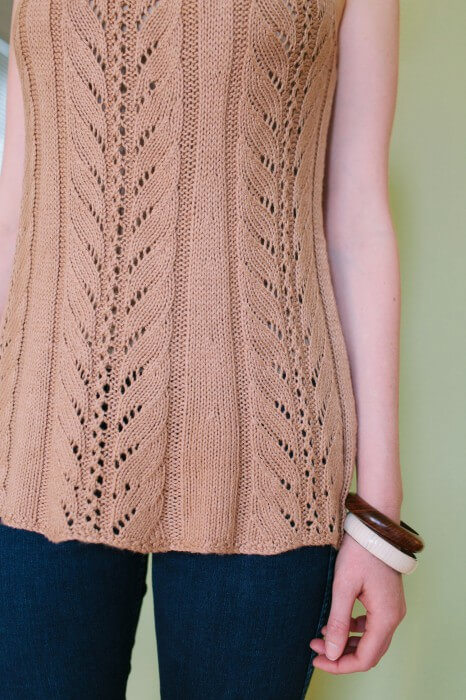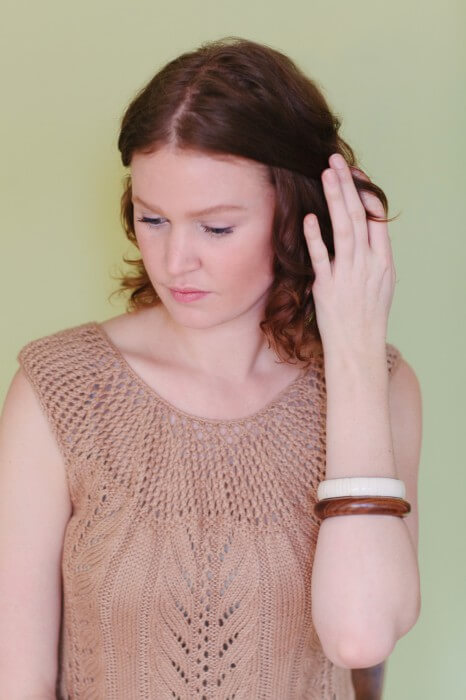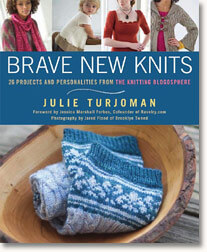A couple of days ago, an article appeared online that got me thinking again about yarn substitutions and cast-on methods for the projects in Knits That Breathe. This article was by Pam MacKenzie, who recently reviewed the book for her column in My Central Jersey.
This time, Pam was going full-speed ahead, casting on for her personal favorite book project, the Iced Frappuccino tunic. Her yarn of choice is a luscious turquoise UltraPima cotton yarn from Cascade, so clearly she’s already working the yarn substitution angle.

It sounds like Pam is already familiar with the Cascade yarn and knows for certain that she’ll knit to gauge with it, because she immediately cast on to start the project… not a swatch in sight.

For her, the issue was more in the choice of cast-on method. Using the Long Tail, Pam experienced the very problem that originally turned me off that method; in other words, she ran out of yarn several stitches short of the number she needed. Here’s my sympathetic “Aarrrgghhhh!” Despite my best efforts to calculate the necessary length of yarn for the correct number of cast-on stitches, I often experience the same heartbreak; it’s the “day late and a dollar short” of yarn woes. And Pam had this happen to her not once, but twice.
Then she tried something new for her: Cable cast-on. All I can say is, great minds…

I use the Cable cast-on for almost everything these days. Its neat finished edge appearance (especially on the right side) combined with its relative stretchiness, often makes it the ideal choice. And for the projects in Knits That Breathe, that’s often just what you’ll want.
In case you’re not already familiar with this technique, here’s a brief tutorial:
First, put a slip knot on the needle, and knit a stitch into that.
Put that new stitch back on the left hand needle without slipping the first stitch off.
Knit the next stitch in between the first and second stitches, and transfer that stitch back onto the left hand needle.
Continue adding stitches in this manner until you have enough for your pattern on the needle!



